|
Last year one of our former students Sanne Dufft, a fabulous illustrator whose career is starting to take off, wrote a guest post about going to the Frankfurt Book Fair for our blog. This year she agreed to do one about visiting the fair to beat all fairs for the children's book industry, the Bologna Book Fair in Italy. Now English is not Sanne's native language so bear with her but I think it's really interesting to know about and we're grateful to Sanne for taking the time to do this for us. Sanne also sent me some books and I was fascinated by how, although beautiful, how melancholic most of them were. And while there are some picture books about death and sad things here in the US, most are really about being clever or being lots of fun. Something to ponder. So here's Sanne: In October, I was invited to write a post about my favourite picture books at the Frankfurt bookfair here in Germany. In April, there was an even more important event for the world of children's literature in Europe, just around the corner: The Children's Book Fair in Bologna, Italy. First of all: Bologna Children's Book Fair is an overwhelming experience... and utterly inspiring. On the one hand, there's the business side of it: 1,200 exhibitors and 25,000 participants from all over the world showing their publications and trading rights. On the other hand, there are some exquisite exhibitions of international illustration: Every year, there is the Bologna Illustrators' Exhibition, for which the works of 76 artists are chosen from over 3,000 entries by an international jury. 2016 being the 50th anniversary of the exhibition, there was also an exhibition of the most outstanding pieces of the last five decades creating an impressive view of the history of children's book illustration! This year, for me as a German illustrator, it was also a great opportunity to get an impression of what is going on in illustration at home: Germany was Guest of Honour at the fair, so there were lots of splendid books and an exhibition of original illustrations to look at. It is a rare pleasure for an illustrator to see not only the finished book, but also the actual pieces of art. Being a traditional illustrator myself, I was surprised how many very established illustrators still work traditionally. Or is there a comeback of traditional illustration happening? In Europe? Or internationally? When thinking of German children's literature, what comes to mind are usually the fairy tales collected and rewritten by the Brothers Grimm in the 19th century. Stories like Little Red Riding Hood, Snow White or Rumpelstiltskin have become children's classics all over the world. They have been illustrated countless times. Also at Germany's exhibition at the BCBF, amongst the eighty outstanding picture books exhibited, there were a handful illustrating the Brothers Grimm's heritage - some of them from excitingly new perspectives: Grimms Märchenreise ('A Journey of Grimm's Fairy Tales') is a wordless picture book by Stella Dreis, which dedicates one double spread to each one of the most well known tales.
A more traditional approach is that of Henriette Sauvant, who captures the dreamy, melancholy air of the tales beautifully. And now to finish, two more picture books from Germany, to give you a glimpse of the diversity of styles and voices over here.  Sanne Dufft lives in a magical part of Germany called Tübingen, near forests and mountains and historic castles with well-hidden dragons guarding them. You can find her and her beautiful artwork at www.sanne-dufft.de
The Rural Setting Thesaurus: A Writer's Guide to Personal and Natural Places Within the pages of a book exists a world drawn from a writer’s deepest imaginings, one that has the ability to pull readers in on a visceral level—but only if the realm and its inhabitants can be described well. This can be achieved by providing readers with a unique sensory experience via the setting. So much more than stage dressing, the setting can build mood, convey meaning through symbolism, drive the plot by creating challenges that force the hero to fight for what he wants, and trigger emotions which will reveal his most intimate feelings, fears, and desires. Inside The Rural Setting Thesaurus, you’ll find: • A list of the sights, smells, tastes, textures, and sounds for over 100 settings revolving around school, home, and nature • Possible sources of conflict for each location to help you brainstorm ways to naturally complicate matters for your characters • Advice on the many effective ways to build mood, helping you steer both the character’s and readers’ emotions in every scene • Information on how the setting directly influences the plot by acting as a tuning fork for what a character needs most and by testing his dedication to his goals • A tutorial on figurative language and how different descriptive techniques can bring settings alive for readers while conveying a symbolic message or deeper meaning • A review of the challenges that arise when writing description, as well as special considerations that apply specifically to rural and personal settings • Downloadable tools that encourage a deeper sensory and emotional exploration of each setting The Rural Setting Thesaurus takes “show-don’t-tell” to new heights. It offers writers a roadmap to creating fresh setting imagery that impacts the story on multiple levels while keeping readers engaged from the first page to the last. The Urban Setting Thesaurus: A Writer's Guide to City Spaces Making readers care and feel like they’re part of the story should be the number one goal for all writers. Ironically, many storytellers fail to maximize one of fiction’s most powerful elements to achieve this: the setting. Not only can the right location become a conduit for emotion, it can also provide conflict, characterize the story’s cast, reveal significant backstory, and trigger the reader’s own emotional memories through sensory details and deep point of view. Inside The Urban Thesaurus, you’ll find: • A list of the sights, smells, tastes, textures, and sounds for over 120 urban settings • Possible sources of conflict for each location to help you brainstorm ways to naturally complicate matters for your characters • Advice on how to make every piece of description count so you can maintain the right pace and keep readers engaged • Tips on utilizing the five senses to encourage readers to more fully experience each moment by triggering their own emotional memories • Information on how to use the setting to characterize a story’s cast through personalization and emotional values while using emotional triggers to steer their decisions • A review of specific challenges that arise when writing urban locations, along with common descriptive pitfalls that should be avoided The Urban Setting Thesaurus helps you tailor each setting to your characters while creating a realistic, textured world readers will long to return to, even after the book closes. Below is a sample entry (from the writer's blog): Setting Description Entry: Barn Sight Hay, stalls, water trough or bucket, food trough, pens, seed, grain, blue salt lick, curry comb, tools (shovel, pitchfork, broom) feed buckets, flies, spiders, spider webs, dust, rusty nails, pen gates, horse hair pinched in cracked boards/stall rails… Sounds The rustle of hay, creaking boards, stamping, thumps, whinnies, squeaks, grunts and other animal-specific vocals, huffing breath, snorting, rubbing noises as animals scratch against posts or rails, the clatter of grain spilling into a trough, the scrape of a shovel against the rough floorboards… Smells straw (clean and dirty), urine, manure, salt, animals, hay (dusty & slightly sweet-smelling), grain (dusty & earthy) Tastes Dust & chaff in the air, spit Touch Prickly hay and straw, chaff sticking to the neck, getting into your shirt, rough boards, sweat trickling down your face, sides and back, a band of heat where your hat sits, swiping dust and chaff from clothes and hair, pulling on heavy work gloves, the dry & hairy tickle of horse lips nibbling up a treat of apple… Helpful hints: –The words you choose can convey atmosphere and mood. Example 1: Dara woke from her nap, wide-awake with the vague remembrance of an unpleasant dream. Her skin itched from a dozen hay pricks; the strong smell of animal assaulted her nose. As her eyes grew accustomed to the dark, she made out rough wooden stalls with milk pails stacked against the wall. She pushed away a rusty pitchfork and decided to be more careful next time she fell asleep in the barn… –Similes and metaphors create strong imagery when used sparingly. Example 1: (Simile) I stepped into Uncle Amos’ barn and the unholy stench of manure and filthy straw almost knocked my boots off. It was like entering a free standing public toilet in the height of summer…one that had gone weeks without being emptied… Think beyond what a character sees, and provide a sensory feast for readers You can also find other examples from the setting thesaurus here. Both of these books will be released June 13th! To find out more, visit author's blog: http://writershelpingwriters.net/ Also, check out this interesting article about teaching setting: https://www.visualthesaurus.com/cm/wordshop/how-to-teach-setting-beyond-time-and-place/ How important is setting in your own writing?  There are so many people in the kidlit world who are full of heart and soul and that heart and soul carries over into their writing and or illustration. Salina Yoon is one of these people, and we get to experience this in Be a Friend. And you'll see that if you get to see this book in it's entirety, despite publishing tons of books all over the world, Salina retains a loving generosity and innocence that shines especially brightly in Be a Friend. Be a Friend is a heartwarming story about friendship and courage for anyone who has ever felt like they don’t fit in. The universal theme of this story appeals to a wide readership; people of all ages can relate to being different, feeling left out or feeling lonely. And, everyone can find hope in its underlying message of individuality, friendship and acceptance. Dennis is a young boy who expresses himself in “extraordinary ways.” Unlike the other children, Dennis does not speak. He does not show or tell. He mimes. He acts in scenes and he dresses like Marcel Marceau, all black and white stripes, a big top hat and a painted face. And, he is happy to be himself. Except that sometimes, Dennis gets a little lonely. While the other kids play, Dennis feels invisible and stuck behind a wall. Yet, even in this isolated space, Dennis does not change himself to fit in. One day, he kicks an imaginary ball and someone catches it! And that’s where the big shift happens for both Dennis and the reader. Salina’s soft, subdued illustrations perfectly complement the simple words of the story. The natural brown backgrounds accentuate Dennis’ black and white stripes, without ostracizing him from the other, more colorfully clad children. His new friend, clothed in black and white polka-dots, has a red stripe around her dress that matches the red heart pinned to Dennis’ shirt and his imaginary world. Eventually, the red, dotted lines bring the two children together and so much more. The illustrations add layers of meaning to the story, to be discovered with each additional reading. We find his special friend has been there all along, in her own world, watching Dennis. Colors have intentional significance. The red, dotted line represents many different emotions, ideas and themes. Dennis’ heart moves as the story progresses. Salina puts deep thought into the smallest details of the book, and this will bring readers young and old back for more. Be a Friend is more than a story about being different. It celebrates individuality and imagination and explores various types of communication. It illustrates the strength and power of friendship and encourages readers, both young and old, to truly see the beauty in others. It’s a beautiful book full of heart and soul and meaning for both children and adults. Yay Salina Yoon! And for those of you who would like to watch a wee video about the book here it is. AND now for the Giveaway - after Salina read this by surprise - she offered a GIVEAWAY autographed copy of this exquisite book!!! Just post a comment below and Salina will send you a copy. Extra points for creativity and you can post twice if you like :) I'll post the winner Wednesday morning with an email to send me your name and address!
And we have a WINNER! Melodye, thank you for your lovely, lovely comments on Salina's fabulous book! I will be contacting you shortly to make sure you receive your new autographed copy of Be a Friend. Congratulations!!
Real books never run out of battery power. They never need to be charged. They won't ever get a virus. And the best part is their technology will never get outdated, since there is no technology. A book might go out of print, but at least you can still read it the same way you did when it was first freshly printed. Let it also be said that I in no way believe toddlers or kids should have an extended amount of screen time. We know it isn't good. Pediatricians have told us so. But there are those moments in a mom's life when your toddler is screaming in public because you won't let him lick the sidewalk, or do tumble saults in the parking lot, or because he is insisting the credit card reader at Kohls is "Mine!" Those precious moments you used to avoid going into public for fear you would be "embarrassed." Those precious moments where a screaming toddler has numbed your emotions from embarrassment and turned them into just wanting to not have your child screaming the same word over and over again. ("Kangawoo Song! Kangawoo Song! KANG-A-WOO SONG!") You just want something...anything...to distract them. Enter the IPAD. Okay, yes I admit it. I originally used the IPAD or my phone as a nice distraction to quiet him down. And it worked great. But I had no idea there were apps out there that actually had some real learning power behind them. So where this is normally a blog about writing and reading, let's talk about some technology for those early learners. Below I will give you my tried and true recommendations for some amazing apps. But before I do please keep him mind the following guidelines when using technology with your young child. 1. Always limit the amount of time they spend looking at a screen. (I'm not a pediatrician, but I do know that just as a adult I can only take a certain amount of screen time before I start to go crazy or get headaches, so imagine what it does to your child.) 2. Never let apps replace real books. There should definitely be a balance. (And I've realized with Harper, that even though he likes the apps, he still asks for real books everyday.) 3. Continue to interact with your child. Books come alive and children learn to love to read when a parent engages in reading a book with a child. The same goes for apps (and tv.) 4. Choose your apps wisely. Just like books, not all are created equally. And so here are my recommendations:
Endless ABCs gives a child a list of Tier II Words such as: hilarious, ruckus, wiggle, scrumptious, recycle, powerful, lopsided, invisible, demolish, courage etc... And then has the child drag letters to spell the words. So they are practicing matching letters to letters. But as they drag the letters, the app says the sound the letter makes and then names it when the letter gets placed correctly. Afterwards it says the word and then gives a short little animation of what the word means along with a definition.
Endless Reader is basically the same as Endless ABC except that after you spell the word, you drag it and other sight words into a sentence. This app is fantastic for learning sight words and for developing concept of word. Mom brag: Harper can now identify the words "funny" and "the" thanks to this app. 3. Metamorphabets This app is just pure awesomeness. As an adult you will be wanting to play it yourself. It's basically what it sounds like. It is the alphabet that morphs from one image to another. All the while introducing the child to a huge vocabulary. Check out the link below to see exactly what I mean. http://metamorphabet.com/ What apps do you love that promote reading? Leave a comment and let me know!
We have two reviews today of the wonderful Sylvia Liu's debut picture book, A Morning with Grandpa. The first is a video review, which is super short, and the second one is a written review that is a bit longer. So if you're up for a wee movie watch the video and if you're up for something a little more in depth, have a read :)  Because Sunday was the official launch date of Sylvia Liu’s debut picture book A Morning with Grandpa (illustrated by Christina Forshay) and Sylvia is a former student who we’d like to honor both because of how deftly she plays with diversity in this gentle but fun intergenerational story and because Sylvia along with her partner in crime Elaine Kiely Kearns run the wonderfully generous resource site www.kidlit411.com we wanted to share a little about this book and what makes it so lovely. In A Morning with Grandpa, Sylvia portrays the sweet relationship between a young girl, Mei-Mei, and her grandfather, Gong-Gong (“little sister” and “grandfather” in Mandarin) as they spend a morning exercising in the garden. Mei-Mei is eager to learn Gong-Gong’s Tai-Chi movements adding energetic interpretations to his graceful actions. Full of metaphors and similes, when Gong-Gong teaches Mei-Mei the movement for playing a lute, Sylvia writes, “Gong Gong rocked backward and then forward. One arm went up while the other came down. He was a musician serenading the sunflowers.” The lower illustration shows Mei Mei rocking an air guitar as Sylvia writes, “Mei Mei was a rock star playing guitar for the daisies.” Metaphors and similes contrast the personalities and perspectives of this intergenerational pair. Gong-Gong is “a warm summer breeze gently blowing through the trees” while Mei-Mei is “a frisky fall wind tumbling among the leaves.” Alliteration and onomatopoeia make the story fun to read aloud while Christina Forshay’s lively, colorful illustrations show its spirited heart. Metaphors are lyrical interpretations that are not literally true but wonderfully evocative. Similes are also metaphors but metaphors that specifically liken one thing to another using the word “like.” “Mei Mei twirled like a helicopter seed flying down from a maple tree.” This is lovely to read both quietly and out loud. Through a flowing dance, Sylvia explores the passing of culture and learning between a grandfather and grandchild. Gong-Gong and Mei-Mei share a tender intergenerational connection that is not immune to the misunderstandings that pop up in any cross-cultural relationship. Like many children unfamiliar with martial arts, Mei-Mei immediately thinks of karate when Gong-Gong describes Tai-Chi as a martial art. This makes the story more realistic, celebrating both the joys and the challenges of their relationship. The exercises shared between Gong-Gong and Mei-Mei invite children to practice their own movements and poses. This poetic story makes exercise seem sociable, relaxing and fun; not painful or boring like running a mile or doing sit-ups at school! It encourages young readers to expand their understanding of working-out in or being in their bodies in diverse ways. A helpful description of both Tai-Chi movements and Yoga poses at the back of the book shows readers how to try these exercises at home. Any book that gets kids excited about exercising – and spending time with grandparents – is a good one to have on the shelf! When Mei-Mei flips the tables and begins to teach Gong-Gong some of the Yoga poses she learned in school, Gong-Gong struggles to keep up. The flexible, bendy Yoga poses prove to be more than Gong-Gong’s old bones can handle. In one pose, Mei-Mei is a “guard dog, strong and steady” while “Gong-Gong wobbles like an old dog, creaky at the knees.” Mei-Mei and Gong-Gong must find a way to come together and find balance in their movements and understanding.
Winner of Lee and Low’s New Voices Award, A Morning with Grandpa is a tender and lively tale about the loving bond between grandparent and grandchild, showing that grandparents and grandchildren have much to teach each other. You can find out more about Sylvia on her website http://www.sylvialiuland.com And here http://www.enjoyingplanetearth.com where you can also see her delightful art. We'd love it if you'd please leave a comment and share. Oh and because we're also celebrating picture books, do take a peek at our extraordinary interactive picture book writing course starting May 16th right here http://bit.ly/cbwpb |
We are so excited to be mixing things up at CBA, beginning with some delicious additions to the Blogfish. Meet our awesome bloggers!!
Here's our lineup: 1st Mondays begin with former school psychologist Dr. Debra Collins who will be writing about Social emotional Learning in kidlit and behind the scenes as well as Jewish children's books. 2nd Mondays will feature super smart Melissa Stoller whose career is taking off with several new books. 3rd Mondays will feature our new blogger coming soon. 4th Mondays features new blogger, the fabulous Brentom Jackson, who has a beautiful approach to blogging. And 5th Mondays we'll be taking a break Archives
July 2024
|
|
Discover
|
About Us
|
Join Us
Join our Community and receive a fabulous free gift, KidLit tips, newsletters, scholarship info, contests, and more!
Join our KidLit Mentorship |
Social Media
Interact with our FaceBook Group or follow us on:
|
© 2010-2024 All content on this website is copyrighted. Sorry, all courses are non-refundable.

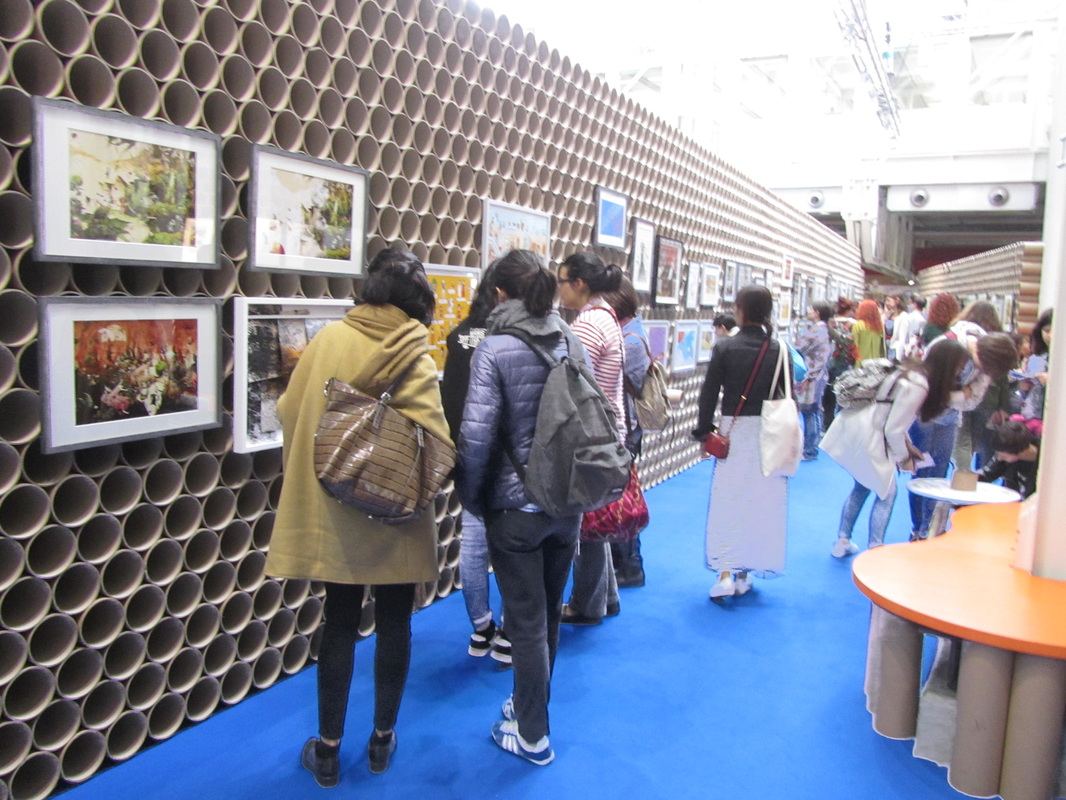
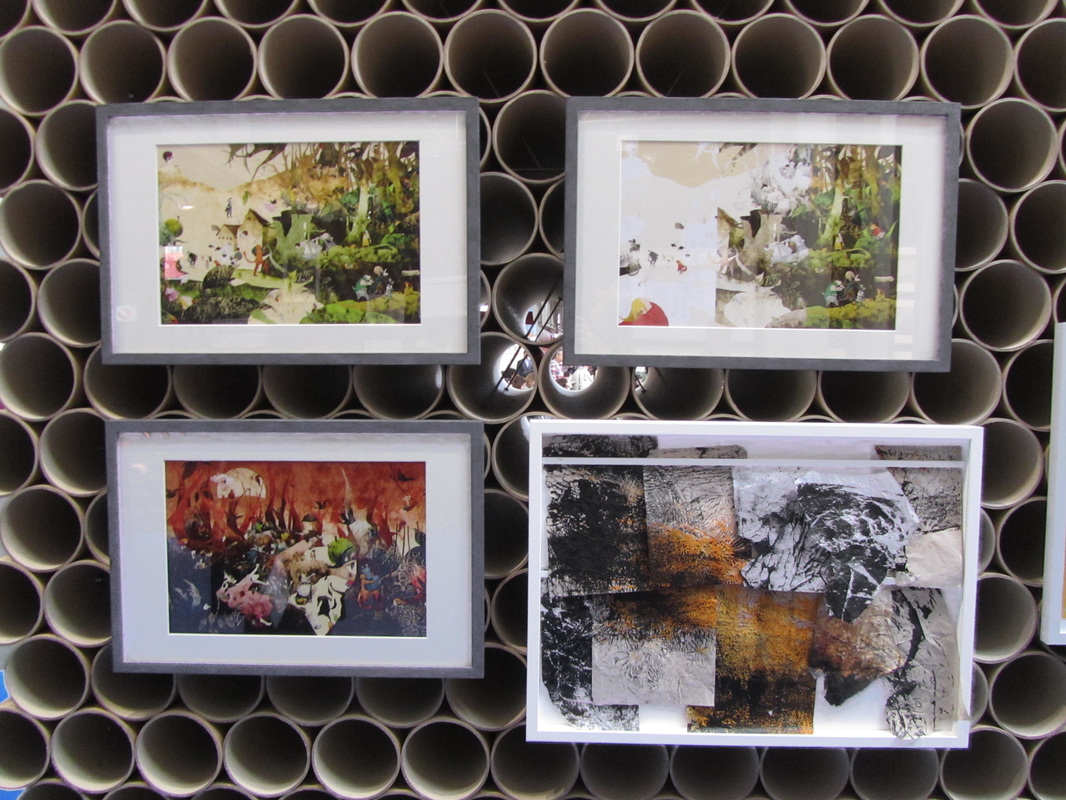
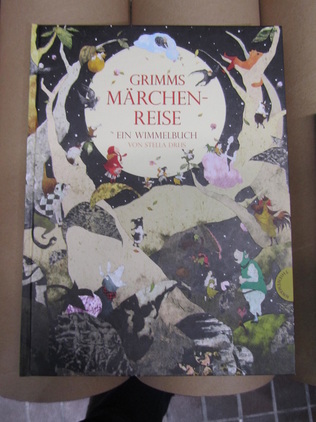
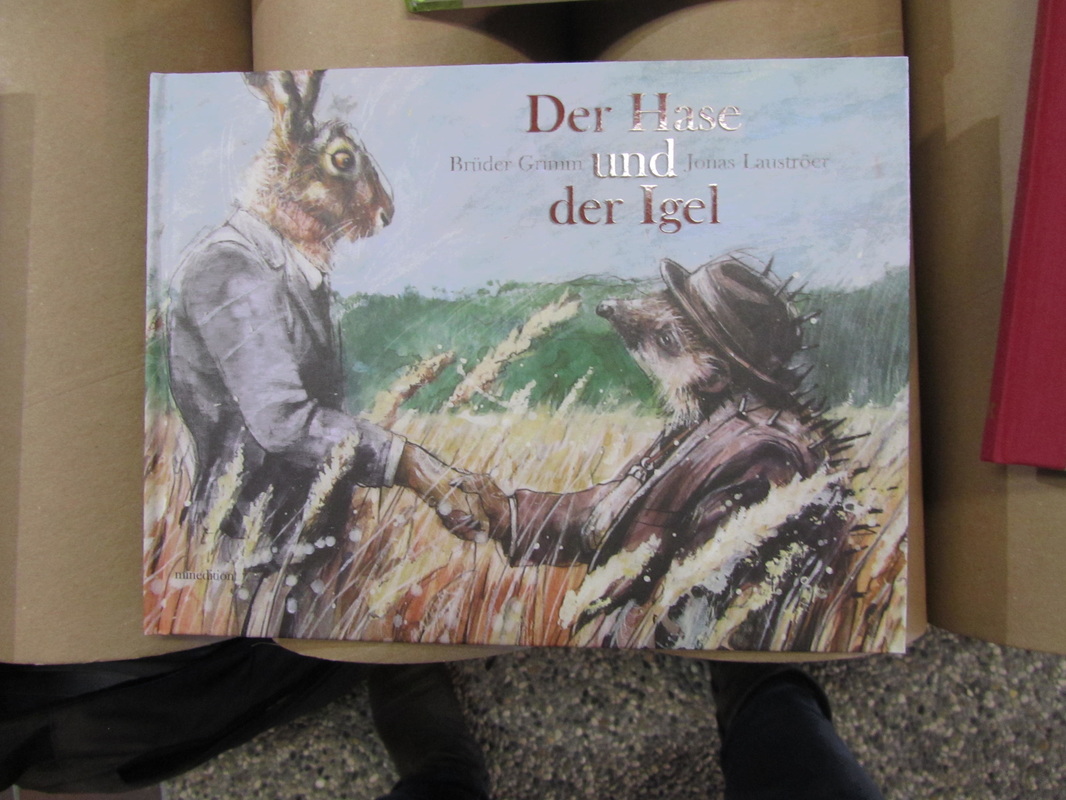
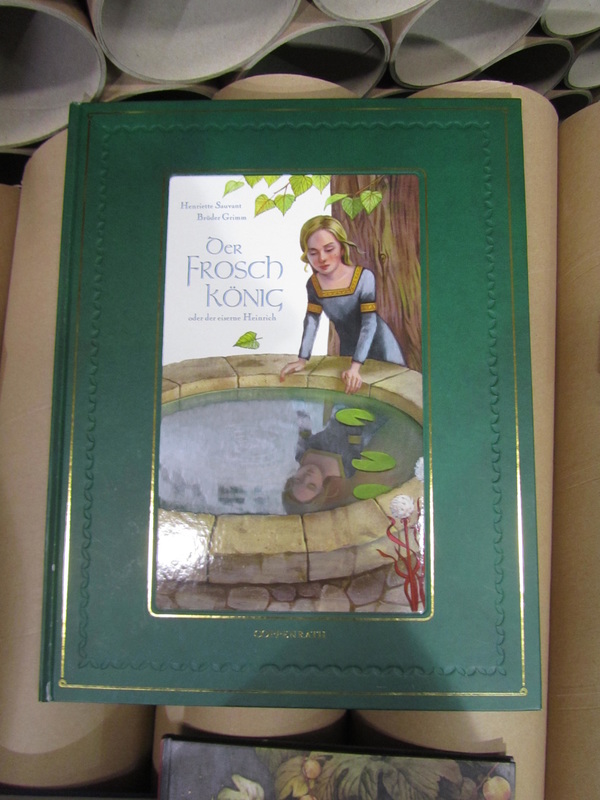
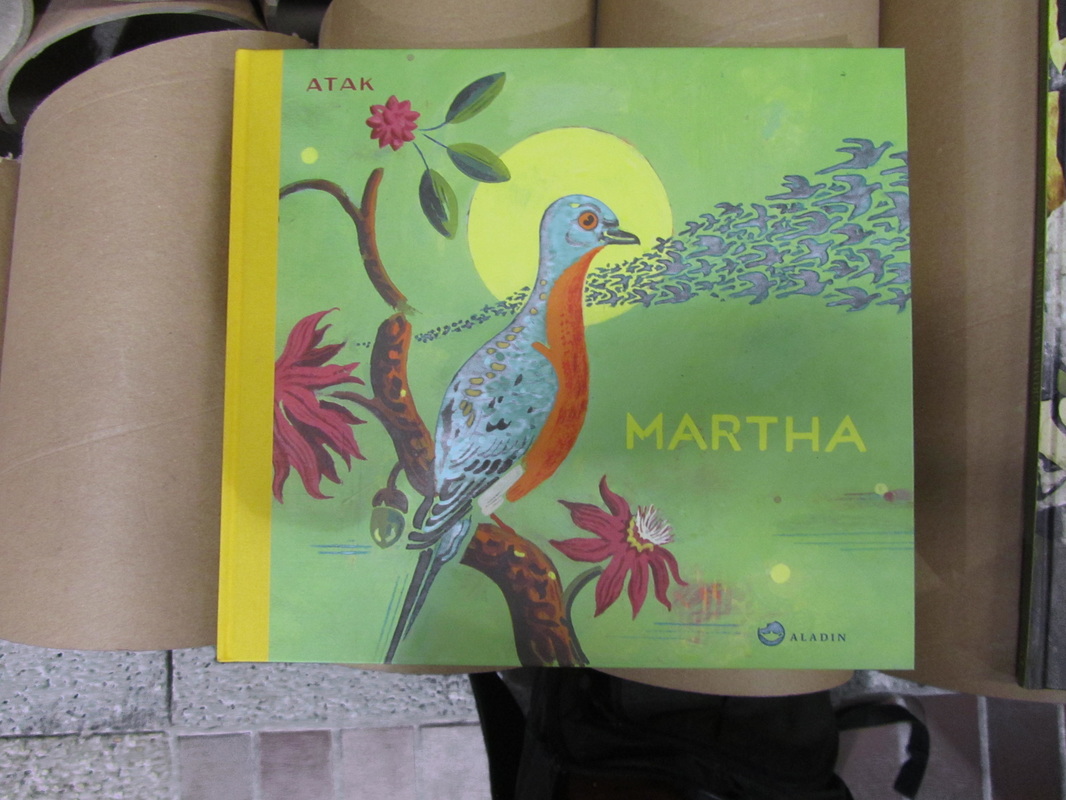
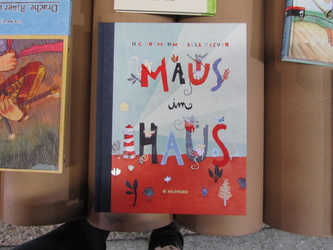
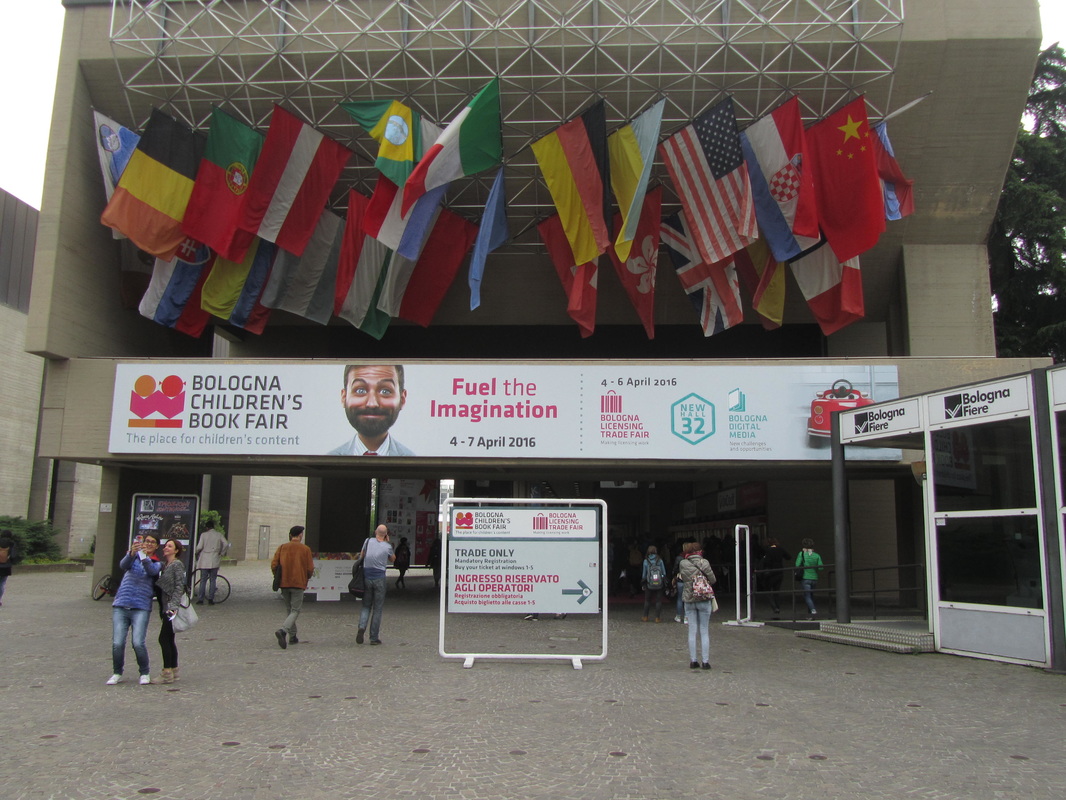
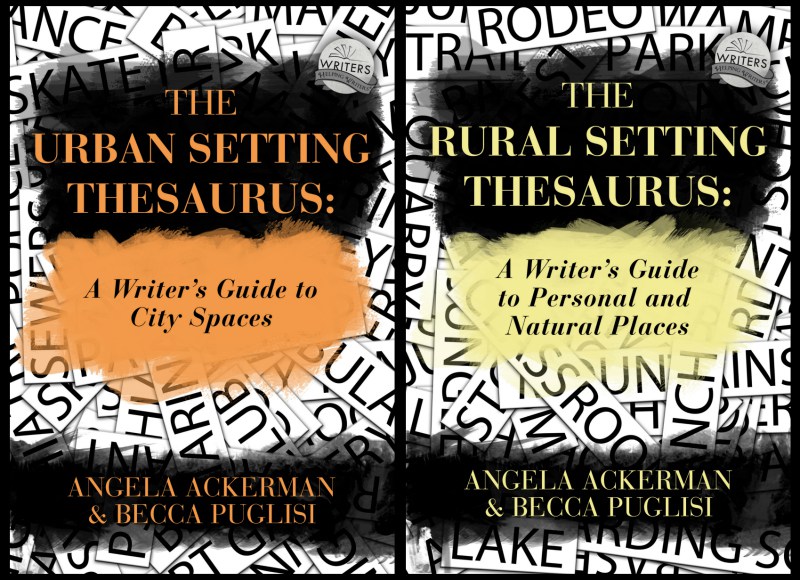
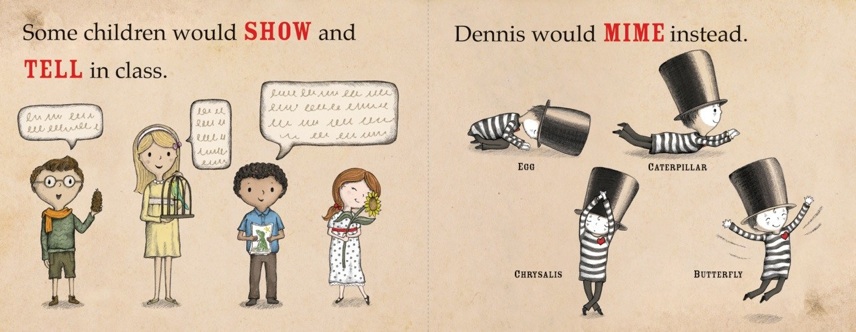
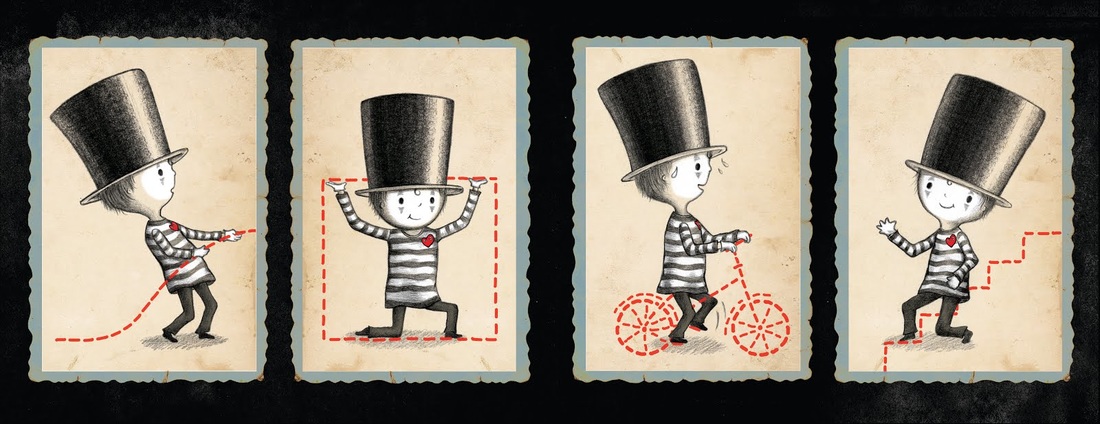
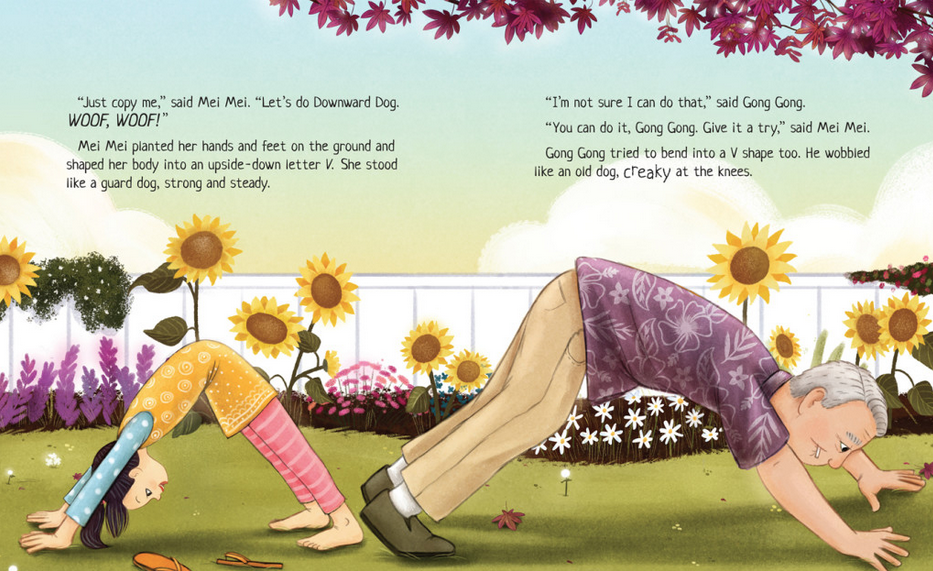
 RSS Feed
RSS Feed
